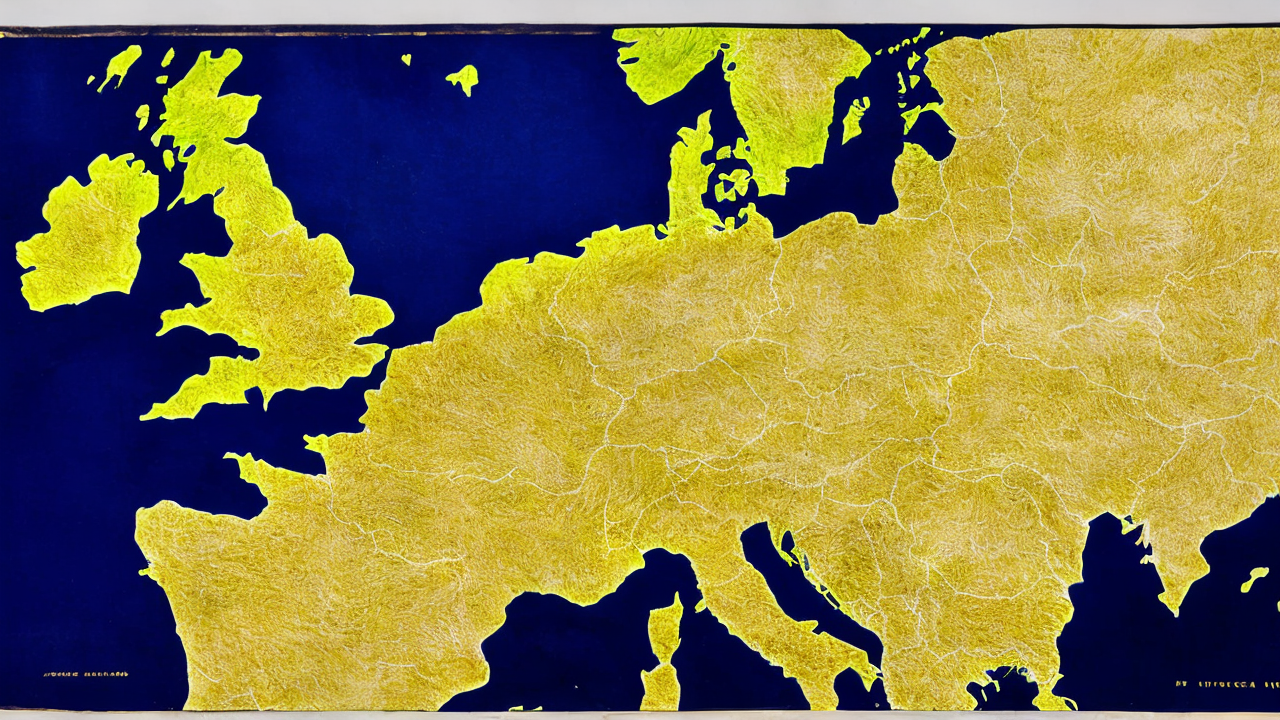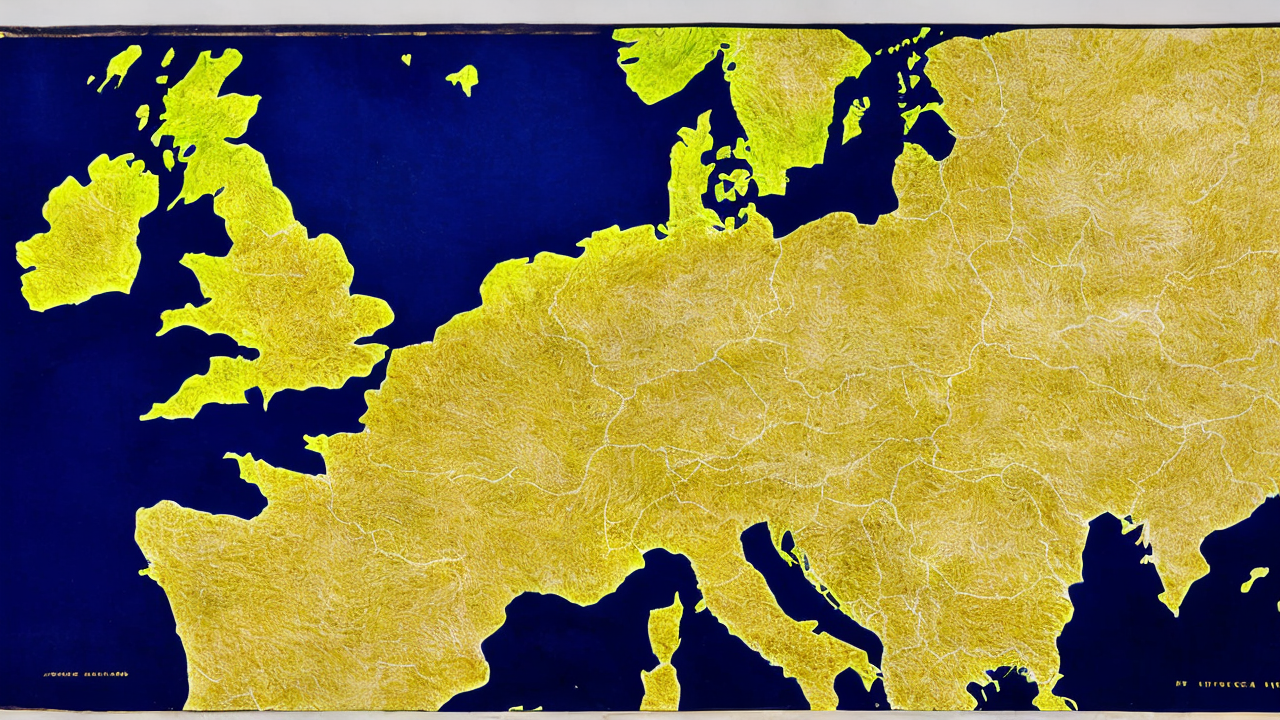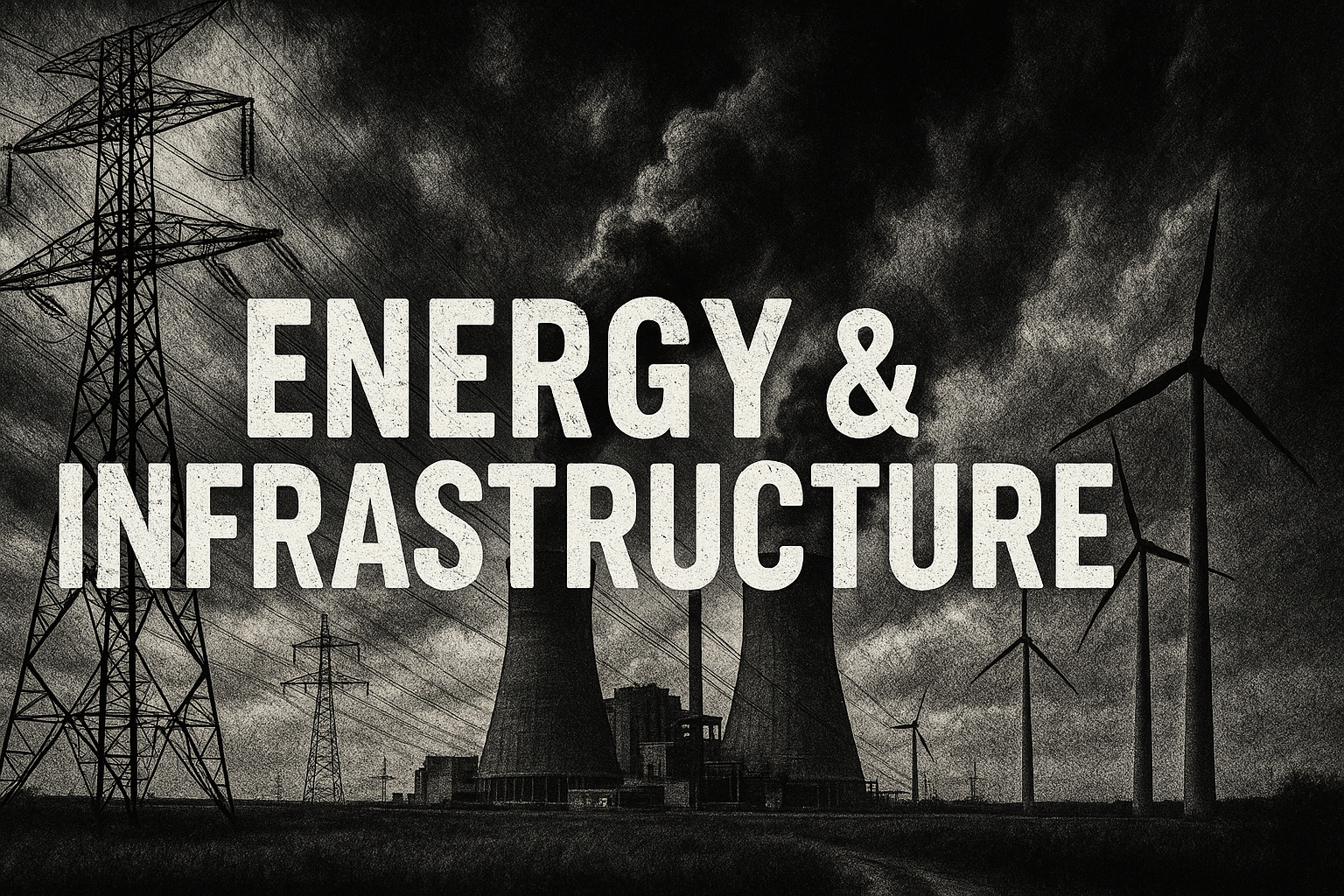Ukraine War May End With Territorial Concessions and Security Agreements

President Donald Trump's meeting with Russian President Vladimir Putin in Alaska did not yield an immediate ceasefire but opened the door to potential peace negotiations. Ukrainian President Volodymyr Zelensky and European leaders are set to meet with Trump in Washington to discuss a deal that could end the war.
The proposed settlement would involve Ukraine ceding portions of Russian-occupied territory in Crimea and the eastern provinces in exchange for a security alliance with the United States and European powers. Trump has hinted at "land swaps" as a potential outcome.
This formula—Ukrainian territorial concessions in exchange for security and political independence—aligns with the realities of Ukraine's borders, which were drawn during the Soviet era and are largely indefensible. Ukraine's current borders, established in 1991, have proven unsustainable, leaving the country vulnerable to Russian influence and territorial claims.
Putin has acknowledged the need for Ukrainian security, suggesting that European troops could play a role in a post-war arrangement. Trump's envoy, Steve Witkoff, confirmed that Russia agreed to a NATO-like security guarantee for Ukraine during the summit in Anchorage.
Secretary of State Marco Rubio emphasized that territorial concessions would be Ukraine's decision, while also affirming Ukraine's right to enter into security alliances. The underlying reality is that Ukraine cannot maintain both political independence and territorial integrity without adjustments to its borders.
The conflict's outcome is likely to hinge on historical and geographical realities rather than abstract principles of sovereignty. A negotiated peace, involving territorial adjustments and security guarantees, appears to be the most realistic path to stability for all parties involved.
Published: 8/18/2025
















